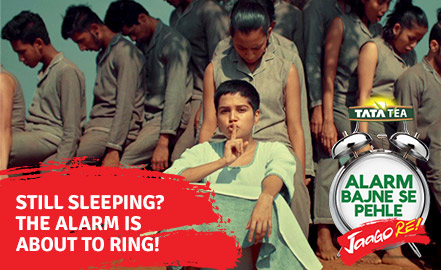What you need to Know about the Child Labour (Prohibition and Regulation) Act

There are about 43.53 lakh child labourers in India. The Indian government and various organizations have been trying to curb this social evil and reduce this number. Recently, a number of amendments were made to the Child Labour Act in a bid to address the issue of child labour. Before we get to the amendments, let’s understand what the Act is all about:
What is the Child Labour Act about?
The Child Labour Act was put together by different initiatives and organizations such as the National Commission on Labour (1966-69), Gurupadaswamy Committee on Child Labour (1979), Sanat Mehta Committee (1984) and others to safeguard the rights of children in employment.
- It hoped to ban employment of children below the age of 14 in hazardous workplaces such as factories, mines, etc and to help regulate the employment of children in working situations.
- The Act states that a child is anyone who has not yet attained the age of 14 years.
- There are 18 occupations and 65 processes that ban the working of children in these areas.
Now let us look at the amendments that were made to the Act this year
The Child Labour Prohibition and Regulation Act 2012 was proposed in the Rajya Sabha by the then Minister of Labour and Employment, Mallikarjun Kharge and passed by the Union Cabinet in May this year.
-
The Right of Children to Free and Compulsory Education Act 2009 prohibits employment of children below 14 years in all occupations and processes but the amendment has made space for children (below the age of 14 years) to work in a family run business and audio-visual communication (entertainment) except the circus provided-
It’s not a hazardous work condition
The child can work only after school hours or during vacations. - The amendment also increases the age group to include ‘adolescents’ between the ages of 14-18 to protect them from hazardous working conditions. The official statement cites this changes a way to safeguard them from employment that is not suitable for their age.
- The punishment for people breaching the act before the amendment was a minimum sentence of 3 months in prison and/or a minimum fine of Rs.10000 for first time offenders, and a minimum sentence of 6 months for second time offenders.
- The new changes make the punishments harsher by increasing the sentence for 1st time offenders to 6 months which may extend to 2 years and a fine of less than Rs.20,000 but which may extend to Rs.50,000.
- For second time offenders, the imprisonment term has been increased to 1 year which may extend to 3 years.
- Police personnel can arrest a person without a warrant if they think he/she has breached the restrictions laid down by the Act.
- In the Act before the amendment, parents would be handed the same punishment as an employer who had not obeyed the conditions laid down by the Act. But the amendments have decreased the penalty for the parents/guardians to Rs.10,000 only if they are 2nd time offenders. They will not be charged if they are caught the first time.
- The Act now will also provide for a fund to help rehabilitate a child or adolescent who has been rescued through the Constitution of Child and Adolescent Labour Rehabilitation Fund in one or more districts.
What do you think of the amendment? We would like to hear your views this Anti Child Labour Day on 12th June (Friday) at 12pm where we have experts from CRY (Child Rights and You), CWC (Concerned for Working Children) and MV Foundation - The Mamidipudi Venkatarangaiya Foundation discussing the ‘pros and cons of the amendment to the Child Labour Act on our Twitter handle @jaagore.
Sources:
Childline India
PRS India Organization
BBA Organization
The Hindu
Press Information Bureau
Times of India
Share this story on





